Large Black Ants | Intriguing Insights!

Key Takeaways:
- Large black ants, or carpenter ants, can cause extensive damage to wooden structures.
- They range in size from a quarter inch to a half inch and can be black, brown, or a combination of both.
- Carpenter ants do not eat wood but primarily feed on sugars and proteins.
- They prefer moist environments and can nest in various locations, including wood, insulation, and even under rocks and debris.
- Understanding the characteristics and behavior of large black ants is essential in identifying and addressing infestations.
Identifying Large Black Ants: Characteristics and Behavior
When it comes to large black ants, or carpenter ants, there are certain characteristics and behaviors that can help you identify and address infestations. These ants range in size from a quarter inch to a half inch and can be black, brown, or a combination of both. They are skilled builders and have the ability to excavate wood, creating galleries for their colonies.
Despite their name, large black ants do not actually consume wood. Instead, they feed on sugars and proteins. Their strong mandibles enable them to bite and chew through wood fibers, potentially causing structural damage to buildings or wooden structures. Carpenter ants prefer moist environments and can be found nesting in various locations, including wood, insulation, foam panels, and even under rocks and debris.
Large black ants are most active at night and have a decentralized hierarchy within their colonies. They have multiple reproductive females and satellite colonies, making their behavior complex and challenging to control. Understanding the characteristics and behavior of these ants is crucial in effectively identifying and addressing infestations.
| Characteristics | Behavior |
|---|---|
| Size: Quarter inch to half inch | Skilled builders: Excavate wood to create galleries for colonies |
| Color: Black, brown, or combination | Feed on sugars and proteins instead of wood |
| Strong mandibles for biting and chewing through wood fibers | |
| Prefer moist environments and nest in various locations | |
| Most active at night | |
| Decentralized hierarchy with multiple reproductive females and satellite colonies |

Being able to distinguish large black ants based on their characteristics and behavior can aid in the early detection and prevention of infestations. If you suspect an infestation, it is recommended to seek professional pest control services to ensure effective treatment and minimize damage to structures.
Habitat and Diet of Large Black Ants
Large black ants, or carpenter ants, have specific preferences when it comes to their natural habitat. They thrive in moist environments, making areas with water damage or high humidity levels prime locations for them to establish their colonies. Carpenter ants are adaptable and can nest in various locations, including:
- Wood structures
- Insulation
- Foam panels
- Under rocks and debris
Understanding the natural habitat of large black ants is crucial in preventing infestations. By identifying and addressing potential moisture issues in and around your home, you can make it less inviting for these ants to settle in.
When it comes to their diet, carpenter ants primarily feed on sugars and proteins. Their main sources of sustenance include:
- Insect honeydew
- Plant sap
Carpenter ants are particularly attracted to sweet and greasy foods, which is why kitchens and food storage areas are often vulnerable to infestation. By keeping these areas clean and free from food debris, you can reduce the risk of attracting large black ants into your home.
To summarize, understanding the natural habitat and diet of large black ants is essential for effective prevention and control of infestations. By taking measures to eliminate moisture sources and practicing good food hygiene, you can protect your home from carpenter ant invasions.

| Natural Habitat of Large Black Ants | Black Ant Diet |
|---|---|
| Moist environments | Sugars |
| Areas with water damage | Proteins |
| High humidity levels | Insect honeydew |
| Wood structures | Plant sap |
Controlling Large Black Ant Infestations
Controlling large black ant infestations is crucial to protect your home and structures from severe structural damage. By implementing a combination of prevention and treatment methods, you can effectively manage these invasive pests.
Prevention
- Eliminate sources of moisture in and around your property, as ants are attracted to damp environments. Fix leaky pipes, ensure proper drainage, and remove standing water.
- Seal cracks and gaps around doors, windows, and foundations to prevent ant entry points into your home.
- Keep vegetation, such as trees and shrubs, trimmed and away from your structures. Ants can use branches and foliage as bridges to access your home.
Reducing the attractiveness of your property to ants is key in preventing infestations. By implementing these preventive measures, you can create a barrier that deters ants from entering and establishing colonies in your home.
Treatment
If a large black ant infestation is already present in your home, it may be necessary to seek professional pest control services. Pest control experts have the knowledge, experience, and tools to effectively eliminate the ants and prevent further damage.
Professional treatment methods may include:
- Identification and targeting of nest locations to eliminate the colony.
- Application of appropriate sprays, baits, or dust to control ants.
- Implementation of long-term prevention strategies to safeguard against future infestations.
It is important to address large black ant infestations promptly to minimize the risk of structural damage and ensure a pest-free living environment.
The Role of Large Black Ants in the Ecosystem
Large black ants, or carpenter ants, play a vital role in ecosystems. They contribute to the natural decomposition of dead wood, helping to recycle nutrients back into the ecosystem. Carpenter ant colonies consist of hundreds of thousands of individual ants, with a queen or queens responsible for laying eggs and ensuring the growth and development of the population. The worker ants, who make up the majority of the colony, forage for food, care for the queen's offspring, work on the nest, and protect the community.
By understanding the role of large black ants in the ecosystem, we can appreciate their importance and the intricate balance they contribute to.
The Importance of Large Black Ants in the Ecosystem
- Recycling Nutrients: Large black ants aid in the breakdown of dead wood, returning valuable nutrients to the soil and supporting the growth of new vegetation.
- Predator Control: These ants help in controlling populations of other insects, acting as natural predators and contributing to the balance of the ecosystem.
- Soil Aeration: As the ants construct their colonies, they create tunnels that enhance soil aeration, improving the circulation of air, water, and nutrients.
- Runoff Prevention: The tunnels created by large black ants can help prevent soil erosion by facilitating water infiltration, reducing the risk of runoff.
- Seed Dispersal: Carpenter ants can play a role in seed dispersal by carrying seeds, aiding in the distribution and regeneration of plant species.
Large black ants have a significant impact on their surrounding environment, contributing to the overall health and function of ecosystems. Understanding their ecological role is crucial in valuing and preserving their presence.
Conclusion
Large black ants, also known as carpenter ants, are fascinating creatures with unique behaviors and abilities. They have the remarkable skill of excavating wood to create galleries for their colonies. Despite their name, these ants do not eat wood; instead, they feed on sugars and proteins. Carpenter ants prefer moist environments and can nest in various locations, making them a potential threat to homes and structures.
Understanding the characteristics, behavior, habitat, and diet of large black ants is crucial in identifying, preventing, and controlling infestations. By implementing preventive measures, such as eliminating sources of moisture and sealing cracks, you can reduce the risk of attracting these ants to your property. In case of an infestation, seeking professional pest control is recommended to effectively eliminate the ants and prevent further damage.
Furthermore, it's important to recognize the vital role that large black ants play in ecosystems. They contribute to the natural decomposition of dead wood and help recycle nutrients back into the environment. By appreciating their significance in the natural world, we can strive for a better understanding and coexistence with these intriguing creatures.
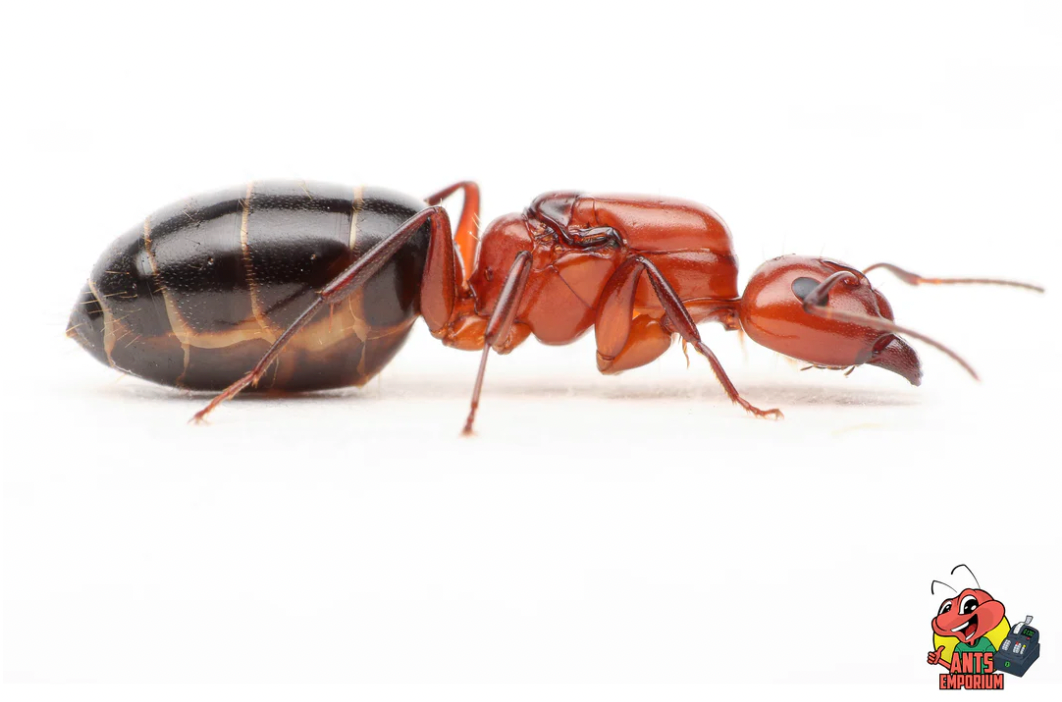
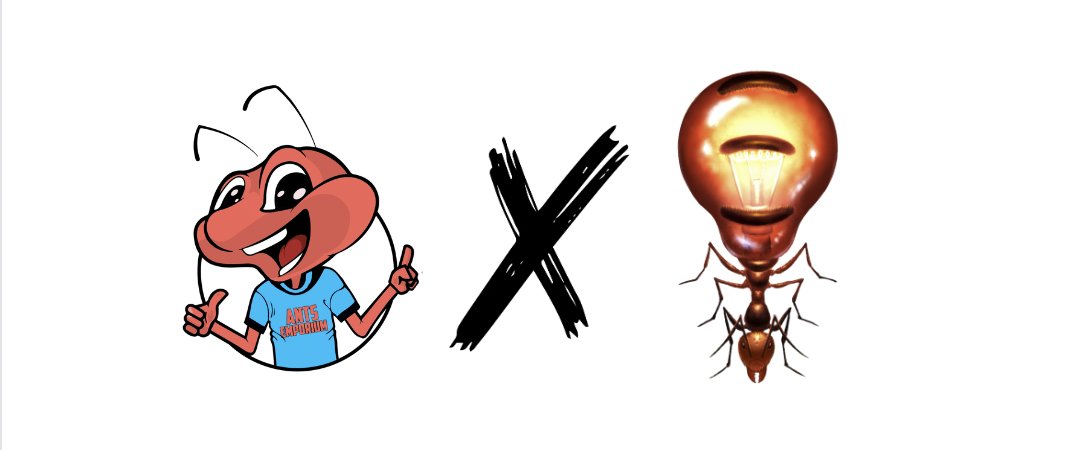
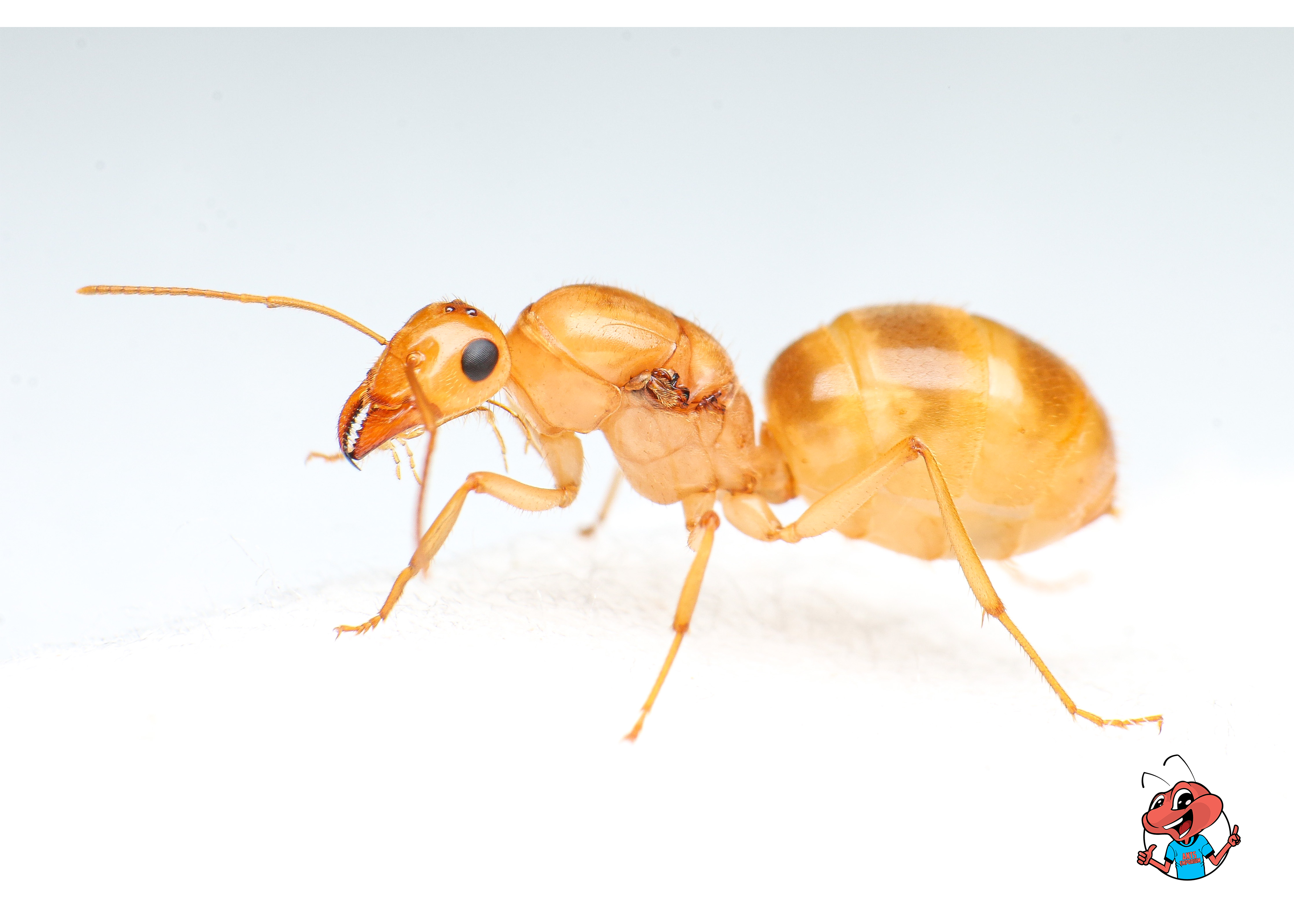
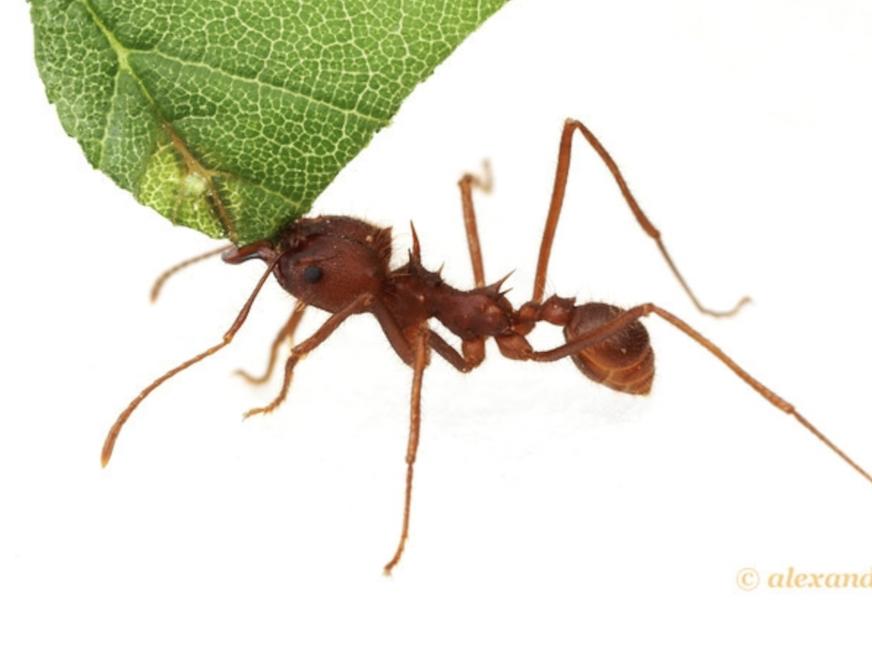
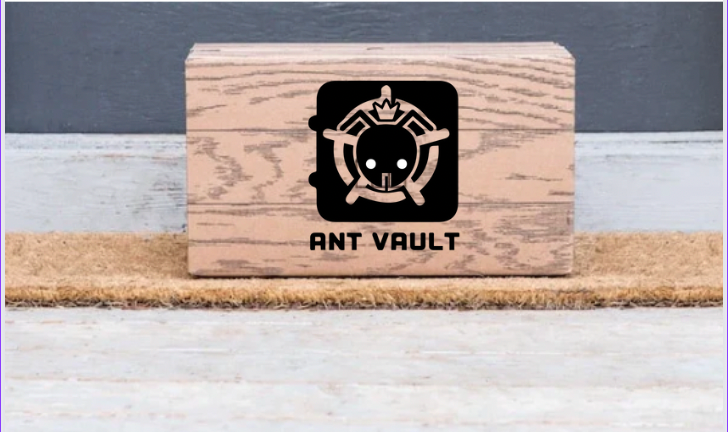


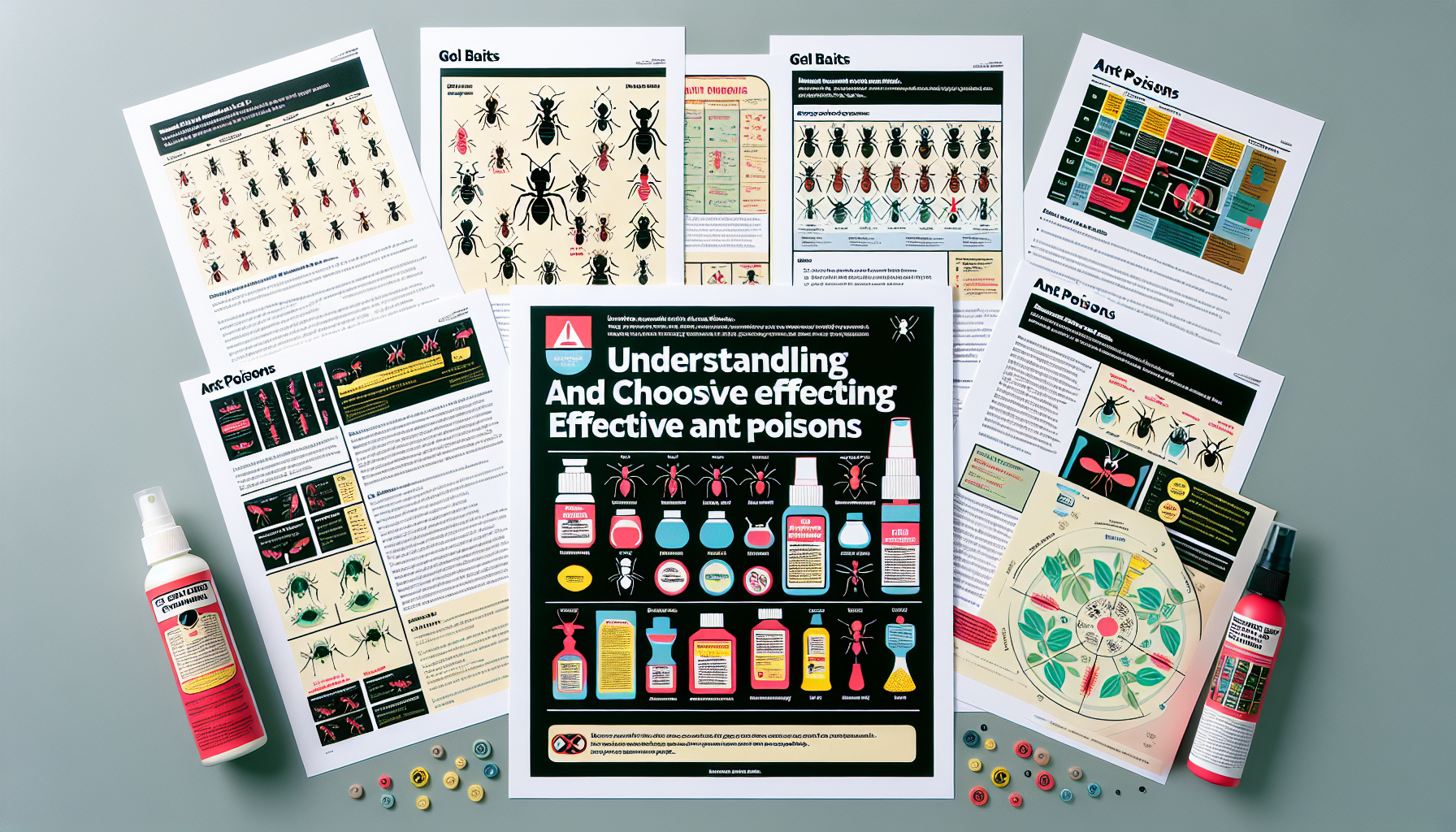
Leave a comment